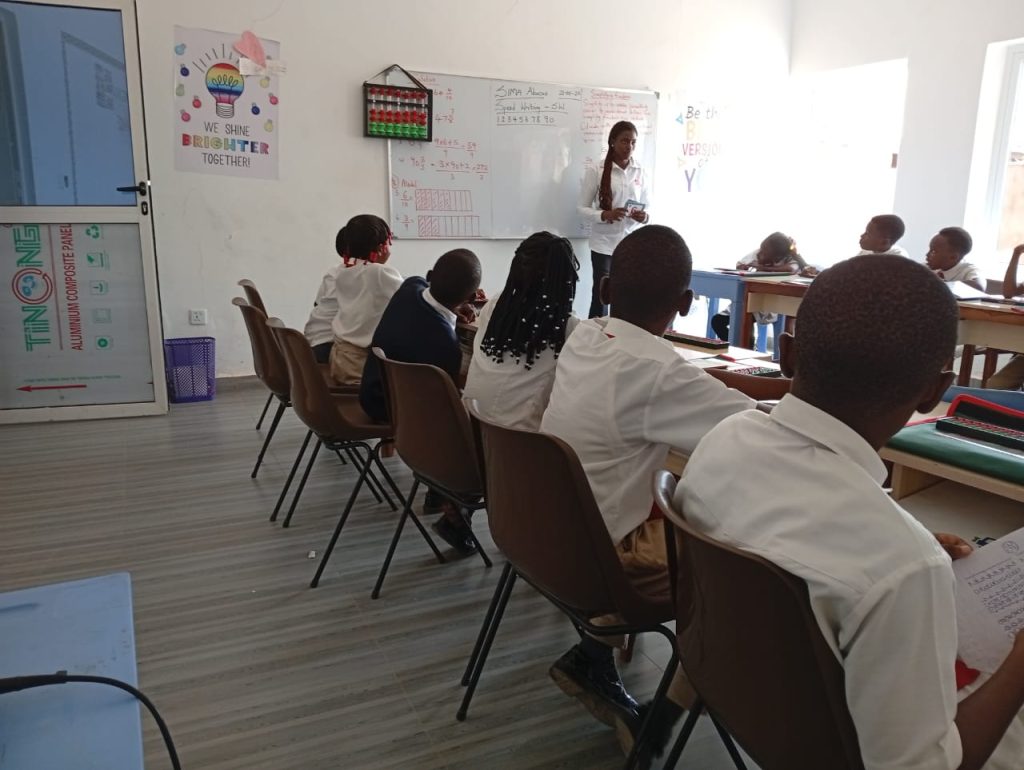Abacus learning and memory retention in children are closely connected. When children practice abacus techniques, they strengthen visual memory, working memory, and recall speed — skills that directly improve classroom learning and test performance.
How the Abacus Trains Memory
The abacus trains children to visualize bead positions and keep those images in working memory while performing calculations. This repeated mental imagery creates stronger neural pathways for recall. Over weeks and months, children move from relying on paper/calculators to trusting their mental recall and visualization skills.
Concrete Benefits for School Performance
- Faster recall: Students remember arithmetic steps and facts more quickly.
- Better test readiness: Mental calculation reduces dependency on notes during exams.
- Improved comprehension: Stronger working memory supports reading and problem solving.
Evidence & Teachers’ Observations
Education practitioners report that children who practice abacus techniques show measurable gains in short-term recall and attention. For background on early learning and memory development, see resources like UNICEF’s early childhood development guidance.
Practical Tips for Parents to Boost Memory with Abacus Practice
- Short daily sessions (10–20 minutes) beat long, irregular practice.
- Encourage mental visualization: ask your child to “close eyes and see the beads.”
- Celebrate progress with small rewards to build confidence and consistency.
Abacus learning builds reliable memory skills that stay with children into school and life. If you want practical, classroom-ready memory gains for your child, enroll in a structured abacus program today.
Call/WhatsApp +2348135178604 / +2347017275320 to enroll.

